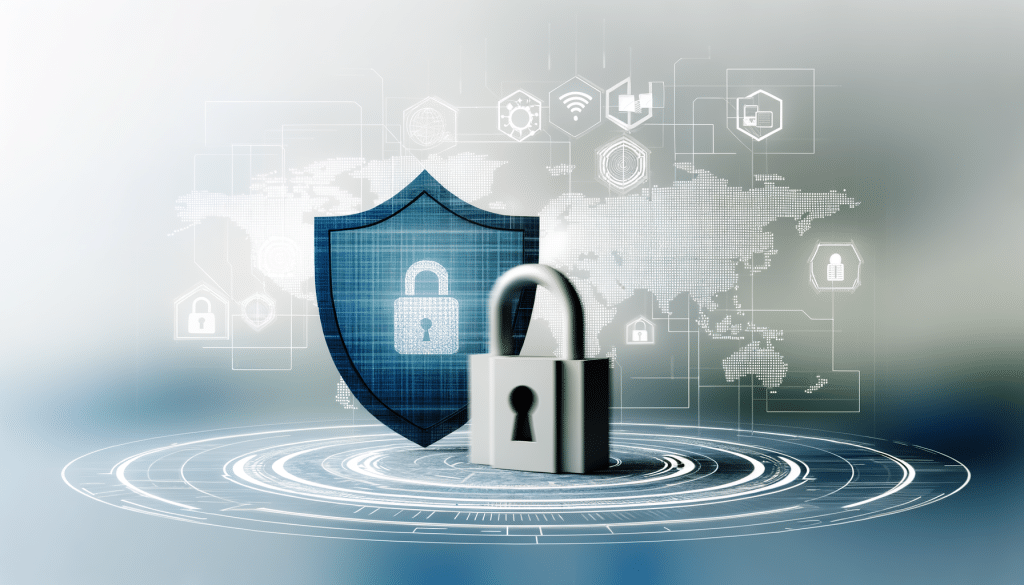Data in our digital-first world is worth its weight in gold. Today, data is essential for training and powering the AI revolution, which is quickly changing the way every business, organization, and government is operating.
Unfortunately, it’s also fueling a new generation of cybercrime. Between generative AI being used to copy writing styles, faces, and voices to AI-powered hacking, there are threats from all sides.
While contingency plans are always essential, preventative planning is paramount. In 2025, you’ll want to use these top strategies to lock down your information.
DSPM Solutions
DSPM solutions are one of the easiest and most effective ways to protect your data. What are they? Simply put, data security posture management works to shed a light on your entire data infrastructure. It also uses AI and ML to automatically sort and classify your information, allowing you to effectively implement access restrictions and other data security strategies like tokenization.
Note: Choose a DSPM that works with your existing data ecosystem. This means your cloud datasets, on-premise infrastructure, and ideally with any legacy systems you have.
Zero Trust Data Access (ZTDA)
ZTDA works to protect your business’s data from unauthorized access. This covers old login credentials to active users. With a ZTDA approach, no user, system, or service has automatic access to any dataset. ZTDA considers the context of the login (is it from a recognized device, IP address, or user role?) and user behavior (flagging unusual activity or access requests). If all conditions are not met, the user is restricted until they can be approved.
Don’t Just Classify, Purge
DSPM solutions can help by automatically sorting information by sensitivity level or by finding duplicates and other data issues. While this can be a great place to start, it isn’t the only approach you can take with your data. The other is retention. At minimum, follow privacy regulations like GDPR or CPRA. By building in retention polices, you can automatically delete low-usage files after a certain period of time automatically. This keeps your data ecosystem purpose-based and lean, making it simpler to secure.
Secure Data in Use
Many data security strategies focus on stored data. Today, this isn’t enough. You also need to look into how you can secure data while it is currently in use. You can use trusted execution environments (TEEs) to process encrypted data safely, for example. Alternatively, you can use tokenization (where sensitive data is replaced by non-sensitive integers or tokens that can only be processed by your system).
Monitor User Behavior
Your employees and other users are huge threats to your system, even if they don’t mean to be. Phishing scams are becoming more sophisticated, and genAI means it’s now possible to spoof the CEO’s face and voice in real time to convince an employee to carry out a task that ultimately hurts the business.
That’s why monitoring user behavior and flagging behavior changes is so essential. Choose a user and entity behavior analytics (UEBA) tool or a tool that has integrated UEBA functionality to detect spikes in behavior, unusual data access, and irregular file movement (among others). Spotting and restricting these odd behaviors automatically can help protect your business from direct attacks.
To Sum Up
Your data is your livelihood. Protecting it with a robust approach that locks down your data can help you prevent breaches long before they happen, and quarantine them in localized areas if they do.
